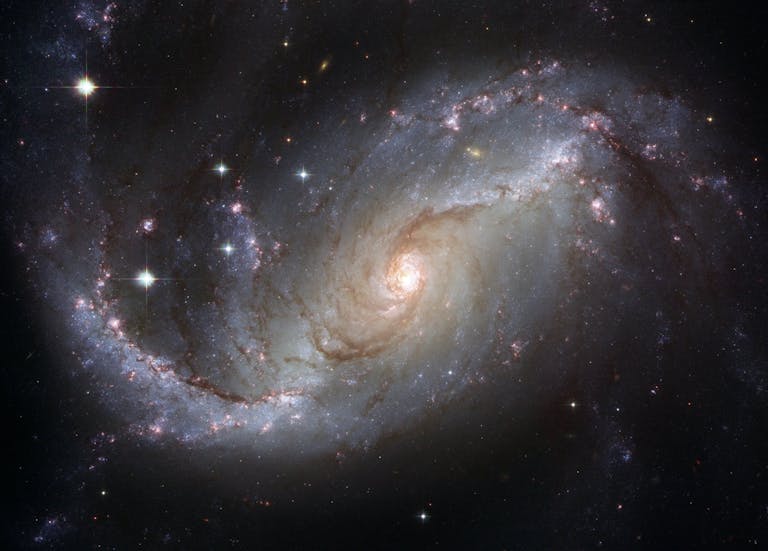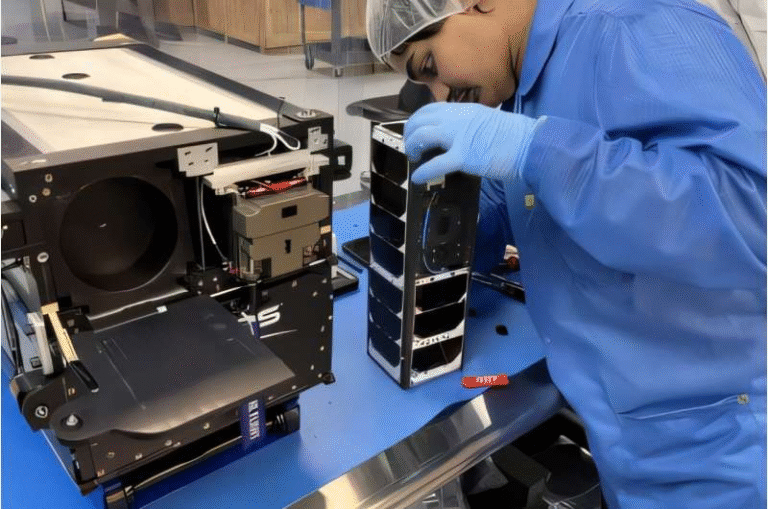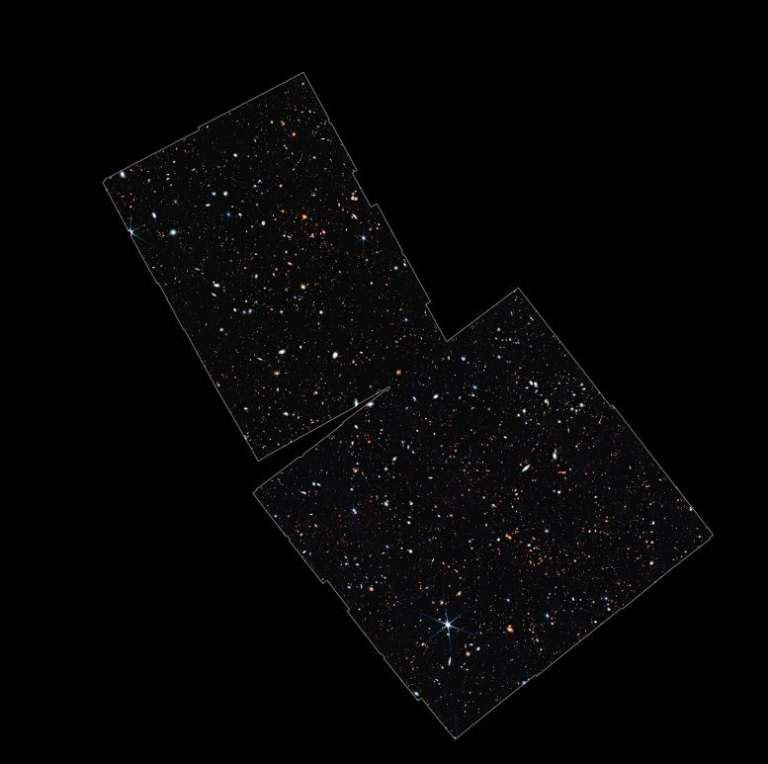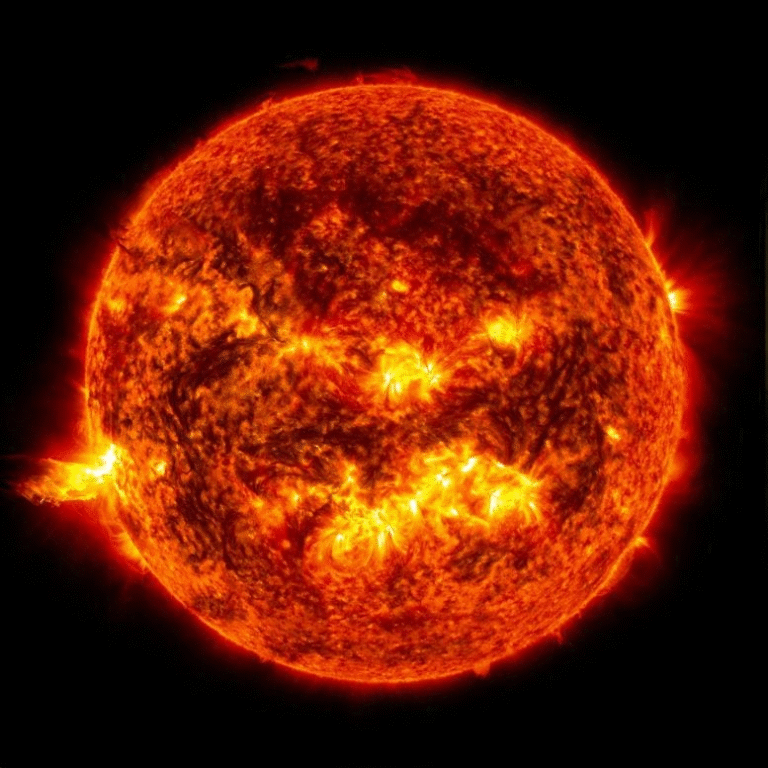Astronomers Identify One of the Most Massive Binary Star Systems in the Milky Way

Astronomers have recently confirmed that NGC 3603-A1, a stellar system located in the NGC 3603 cluster, is one of the most massive binary star systems ever found in our Galaxy. This remarkable discovery relied on a combination of archival data from the Hubble Space Telescope and fresh targeted observations.
The binary system consists of two enormous stars: one weighing about 93 times the mass of the Sun and the other about 70 solar masses. These stars orbit each other at a blistering pace, completing a full orbit in just 3.77–3.8 days. To put this in perspective, while Earth takes an entire year to travel once around the Sun, these two stars circle each other nearly 100 times in the same period.
What Makes NGC 3603-A1 Special
NGC 3603-A1’s rapid orbit and extreme size set it apart as a unique astrophysical laboratory. Their close distance to each other means strong gravitational interactions and powerful stellar winds that actively alter their structures. Such systems are not only rare but also invaluable for understanding how massive stars evolve and how some eventually form black holes.
Astronomers describe both stars as WN6h types. This classification means that although they look like Wolf-Rayet stars—typically older giants in their final stages of life—these stars are actually still young. The designation “h” indicates they still contain substantial hydrogen in their atmospheres. This makes them appear far more evolved than they actually are, revealing how extreme environments can mimic stellar aging.
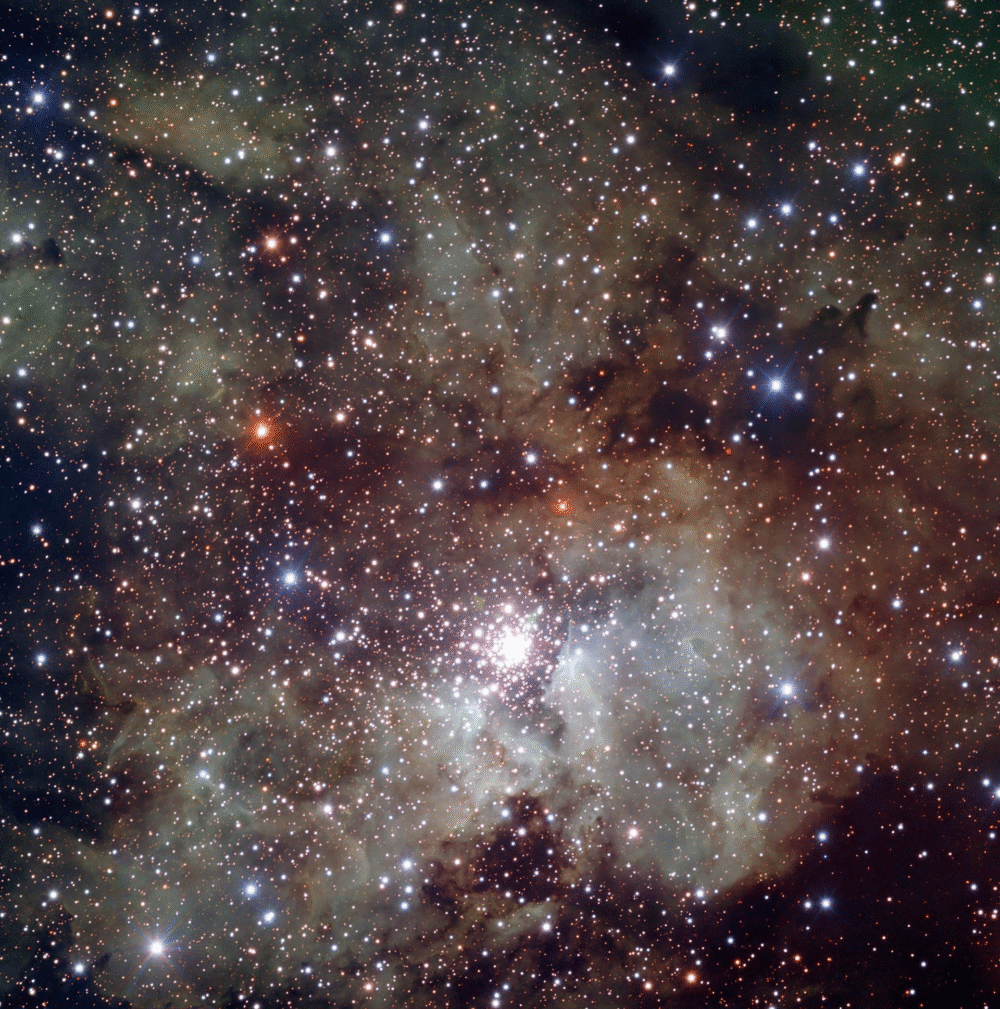
Measuring the Masses
Determining the true mass of very large stars is usually difficult because astronomers often have to rely on models that come with wide margins of error. In this case, however, the fact that NGC 3603-A1 is an eclipsing binary system allowed researchers to obtain much more accurate measurements.
The latest study provided values of 93.3 ± 11.0 solar masses for the primary star and 70.4 ± 9.3 solar masses for the secondary. These figures are an update to earlier estimates from 2008, which suggested even higher values of around 116 and 89 solar masses but with larger uncertainties. The refined numbers now make NGC 3603-A1 the most massive binary system in the Milky Way with directly measured masses.
The analysis relied on observing spectral features that doubled as the stars moved toward and away from Earth during their orbit. These features had initially gone unnoticed until 2020, when a student researcher spotted them while reviewing Hubble’s archived data. That insight was the turning point that confirmed the system’s binary nature.
A Cosmic Neighborhood of Giants
NGC 3603 itself is a starburst region located about 22,000 light years away in the Carina constellation. It is the closest region of its kind to Earth and one of the most active stellar nurseries in the Galaxy. The cluster is filled with some of the brightest and most massive stars known, including the multiple system HD 97950, where NGC 3603-A1 resides.
In fact, another star in the cluster, NGC 3603-B, is even heavier than either member of A1, with an estimated mass of about 132 solar masses and nearly three million times the Sun’s luminosity. Together, these stars make the cluster one of the most extreme and densely populated environments observed in the Milky Way.
Why This Discovery Matters
Massive binary systems like NGC 3603-A1 are thought to be the progenitors of binary black holes. Over time, these pairs can collapse and merge, producing the kinds of gravitational waves detected by instruments like LIGO and Virgo since 2015. Understanding the current properties of systems like A1 helps scientists predict the possible number and locations of such cosmic events.
Moreover, the interaction between the stars in NGC 3603-A1 offers important clues. The smaller star appears to have gained mass from its larger companion, which may have caused it to spin faster. These mass-transfer events are critical to explaining how the most massive stars change over time and how their fates diverge compared to smaller, more ordinary stars.
Looking Ahead
The research on NGC 3603-A1 sharpens our picture of the upper limits of stellar mass and offers a direct benchmark against which to test models of stellar evolution. It shows that even stars that seem to fit into known categories can surprise astronomers with their youth, interactions, and dynamics.
As more precise tools and observatories come online, systems like A1 will remain in focus, helping to answer some of the biggest questions about how stars are born, how they live, and how they die.
TL;DR
Astronomers confirmed that NGC 3603-A1 is the most massive binary system ever measured in the Milky Way. With stars of 93 and 70 solar masses orbiting every 3.8 days, this discovery refines past estimates and offers crucial insights into massive star evolution and future black hole mergers.
